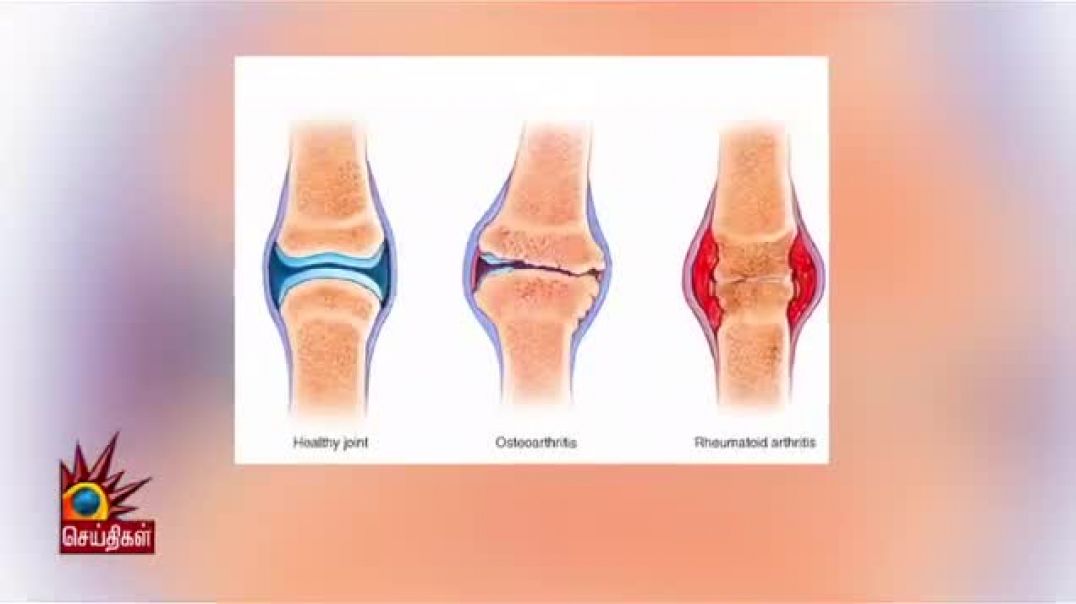How To Save The Facial Nerve During Parotid Salivary Gland Tumor Surgery / Neck Lump.
http://www.EntHeadNeck.com.
http://www.nosesinus.com/
Dr Kevin Soh describes how to minimise injury to the facial nerve during parotid gland surgery (parotidectomy) using a nerve integrity monitor or nerve stimulator.
3 Mount Elizabeth, #07-02, Mount Elizabeth Medical Centre, Singapore 228510
https://www.google.com.sg/maps..../place/Dr+Kevin+Soh,
If you have any comments, PLEASE do not be afraid to ask. Please SUBSCRIBE, SHARE, and COMMENT on this video.
If you prefer to read, rather than watch the video, here’s the transcript.
0:16 – Case Presentation: A 39 year old man presents with a right neck swelling for one year. It is 3 cm in size. Fine needle aspiration cytology (FNAC) was performed. Cytology showed adenocarcinoma. Fine needle cytology has an accuracy rate of 90%.
0:34 – CT scan of the Parotid Gland. The normal parotid gland is radiolucent on CT scan. The tumor lies in the posterior part of the superficial lobe of the right parotid gland.
0:49 – MRI scans: A 3 cm right parotid mass is detected. Notice that the tumor enhances intensely with gadolinium administration. This suggests that the tumor is malignant.
1:14 – Positron Emission Tomography scan (PET scan): Used to detect spread of cancer to other parts of the body. The parotid tumor had high metabolic activity levels, which suggests that it is a cancer. Fortunately for this patient, the PET scan did not detect any other areas of increased metabolic activity. PET scans do not provide good anatomical information. PET scans are combined with CT scans to provide anatomical correlation. PET/CT scan showed an area of high metabolic activity in the right parotid gland. But the rest of the body is clear of tumor spread.
1:50 – Next, we have to remove the tumor. The facial nerve (or seventh cranial nerve) supplies the muscles of facial expression. This includes the orbicularis oculi muscle which allows us to close our eyes. It also includes the orbicularis oris muscle with controls our lip movements.
2:19 – Anatomy of the Facial Nerve: The facial nerve is only one of twelve cranial nerves. The facial nerve leaves the brain and enters the temporal bone. It travels horizontally through the middle ear. It descends vertically through the mastoid bone. Then, it exits through the stylomastoid foramen, just next to the styloid process.
3:02 - At the undersurface (ventral aspect) of the right temporal bone, the styloid process is identified. The facial nerve exits the temporal bone at the stylomastoid foramen, behind the styloid process. After exiting the stylomastoid foramen, the facial nerve enters the parotid gland. The facial nerve divides the parotid gland into a small deep lobe and a large superficial lobe.
3:52 – The main trunk of the facial nerve first divides into 2 large branches: the zygomatico-temporal branch and the cervico-facial branch. The zygomatico-temporal branch gives rise to the temporal branch, zygomatic branch, and the buccal branches. The cervico-facial branch gives rise to the marginal mandibular branch, and the cervical branches.
4:08 – The facial nerve branches look like the feet of a goose. They are sometimes called PES ANSERINUS (or goose feet).
4:19 – NIM Response 2.0 Nerve Integrity Monitor. The nerve integrity monitor facilitates safe facial nerve identification and dissection.
4:37 – Demonstration of Parotidectomy Procedure: The incision is marked out carefully to hide the scar. The incision is planned along natural skin creases. NIM electrode placement into the orbicularis oculi muscle. This electrode monitors the temporal and zygomatic branches of the facial nerve. NIM electrode placement within the nasolabial groove into the orbicularis oris muscle. This monitors the buccal and marginal mandibular branches of the facial nerve. The nerve integrity monitor is then turned on. The electrodes are tested to ensure correct placement.
5:19 – The sub-platysmal skin flap is elevated. The skin flap is sutured down. The great auricular nerve is identified. We have to dissect here to look for the main trunk of facial nerve. We can now see the main trunk of the facial nerve.
6:58 – At the completion of parotid surgery, the nerve integrity monitor is used to confirm nerve integrity. Stimulate both proximally and distally to confirm nerve integrity. The stimulator checks the integrity of the main trunk of facial nerve. Then we check the upper branches and the lower branches.






















SORT BY-
Nhận xét hàng đầu
-
Bình luận mới nhất